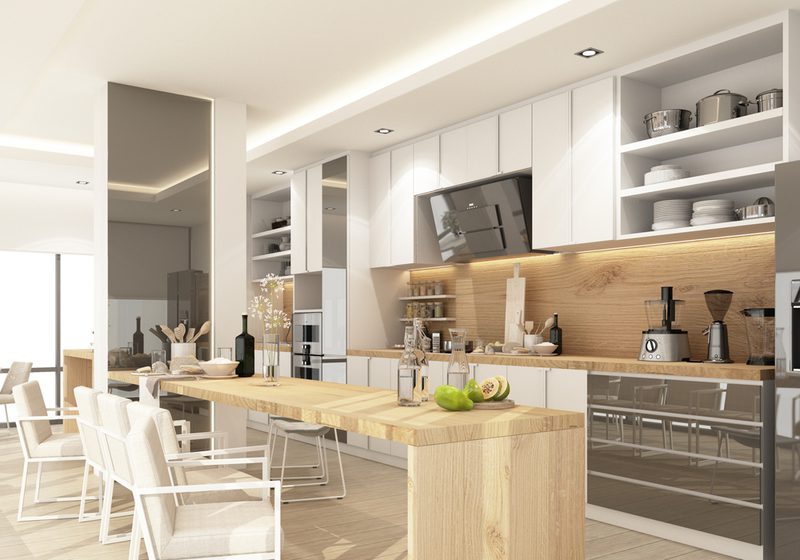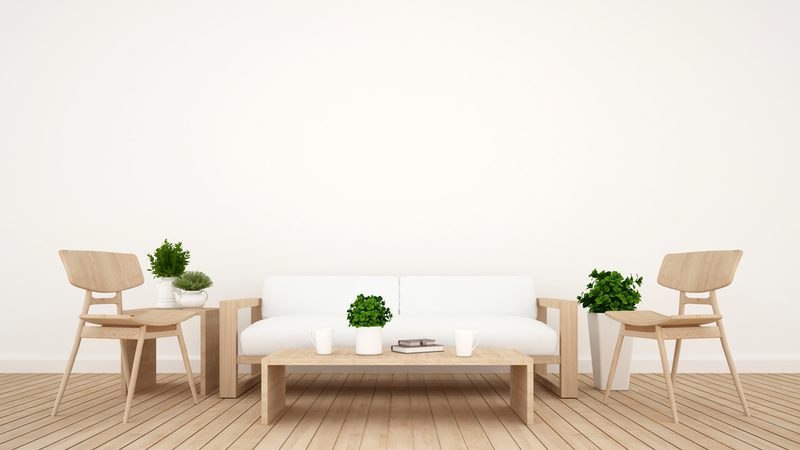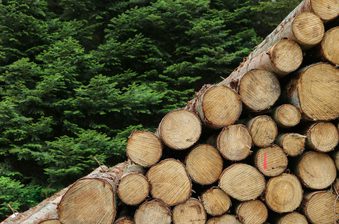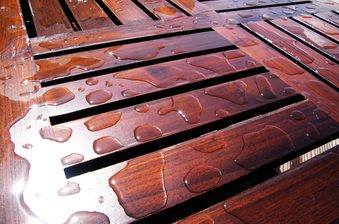When it comes to indoor furniture, what better material than wood? Whatever your interior style — Scandi, modern, industrial, farmhouse, rustic or something else — timber slots in seamlessly.
Wood is beautiful, versatile, dynamic and tough as nails. With the right care, it can last for generations. Timber is timeless!
So, whether it’s a coffee table, dining room table, a set of drawers, a cabinet, desk, chair, bed frame, table top or something else, knowing the best types of wood to use for furniture is essential for any would-be furniture DIY-er.
Fortunately, there’s a lot of choice. The world is home to many incredible diverse species of timber.
As a leading UK importer and stockist of woods from across the world, perhaps we can help! Here are some of the best types for building furniture, ideal for your next project.
Still looking for inspiration? Why not check out our Pinterest board for Home Décor and have a browse through some incredible examples of how solid hardwood and softwood furniture can transform your living space.

What is the best wood for furniture?
The best kind of wood for furniture can depend on what aesthetic you have in mind, your budget, as well as the amount of wear and tear you expect this furniture to endure. Let’s take a look at some of the best options.
1. Oak
Oak is a gorgeous, classic and extremely dynamic choice. It’s also highly dense, making it one of the strongest types of wood for furniture.
There’s quite a bit of variety in the colour of oak. Two popular species include the golden-brown European Oak and its typically paler cousin, American White Oak, although there are also red oaks.
It is an undisputed furniture classic, working well in pale, airy Scandinavian-style interiors as well as modern, eclectic and contemporary designs.
A gorgeous oak coffee table, for example, is at home in almost any setting — even in the most rustic or dark of industrial settings!
A pippy Oak can add some deep character to any room, making standout and unique pieces of furniture; check out this bespoke dinning table made by Celfiderw Oakencraft in Corwen, Wales that is about as pippy as it can get!
American White Oak offers a much more subtle and lighter finish, but still has plenty of character and is a great choice for adding natural touches to interior designs. A great example of this are these bedside cabinets by Sam Alton of Harrogate Furniture in Yorkshire.
A few extra notes on oak: It produces fantastic results when machining and is also suitable for steam bending, gluing, staining and finishing. As well as being resistant to fungal attacks, oak’s incredible strength makes it a highly popular, solid choice for any furniture project.
Oak species are generally more affordable and budget-friendly than some other popular types of hardwood for furniture.

2. Walnut
A species like American Black Walnut is a fantastic choice for those looking to introduce a dash of premium darkness into their homes.
This dark wood’s extraordinary, outstanding colour, texture and grain has won it a lot of fans. As a dense hardwood, walnut performs superbly for high-impact furniture within the home.
The dark browns and purplish hues that characterise this wood work well in darker rustic and industrial designs. It is also popular for modern settings, where the colour palette is kept simple and contrasted.
Walnut’s chocolate-brown colour also works exceptionally for furniture in traditional settings, and possibly even Scandi interiors as a ‘break’ from the predominantly airy, white surroundings.
It’s worth bearing in mind that Walnut can command a higher price than some other fellow hardwoods.
Check out this beautiful American Black Walnut Table made by the talented Elliot Design in Wakefield, Yorkshire, from timber sourced straight from us!

3. Maple
Species like American Hard Maple are just one of many dynamic pale woods that create beautiful furniture thanks to that creamy white colour and those warm golden hues.
Maple is right at home in any bright, airy modern design — particularly Scandinavian interiors.
Maple species come from cold-climate trees, too, which makes them extremely hard wearing and remarkably strong. Oh, and did we mention that Maple is also non-toxic?
Although Maple generally works very well and finishes excellently, the high density can make things slightly more challenging at times.

4. Cherry
After a beautiful, scratch resistant cherry timber? That’s exactly what you’ll get with a species like American Cherry.
Over time, its luscious, warm pink-reddish brown tones will slowly darken with exposure to light — a great choice for a country farmhouse design or cottage-style interior. This rich deepening colour can also provide a nice contrast within any modern or Scandi design.
If you’re doing a bit of woodworking and creating your own furniture, cherry should be near the top of your list. As well as being non-toxic, it’s renowned as one of the best all-round woods for workability thanks to stable, straight grain that machines superbly.
Cherry also steams well, making it perfect for curved designs. Be warned, though, staining can occasionally give blotchy results, so consider using a sanding sealer first.

5. Sapele
For another wood that deviates from the light side, consider Sapele’s timeless reddish-brown hues.
A member of the same family, this timber is reminiscent of genuine mahogany in terms of appearance but also physical properties and, as such, makes for an excellent mahogany alternative or substitute.
Able to bend easily and work well, Sapele guarantees iridescence, luxury and opulence as standard.
6. Zebrano
Looking to add a daring and decorative touch to your home? A bit of Zebrano might be just the ticket.
Also known as Zebrawood, this species takes its name as a result of its dark stripes and unique markings, boasting an enviable mixture of dark brown and cream colours.
This tropical African hardwood can be used to create a talking point or make a bold statement within a room, for example for a mirror frame, coffee table, desk, worktop or side table. As such, it works brilliantly in eclectic interior styles.
The wood saws, glues and finishes well, but can be difficult to plane as a result of its interlocking grain.
As a slow-growing, exotic species, Zebrano can come in at a higher price point than other more widely commercially available species — like Cedar, Oak, Cherry or Maple.
Hardwood or softwood for interior furniture?
Timber furniture should be built to last, provide a long-term return and look incredible. As such, the best woods for interior furniture are usually hardwoods. Generally, these come from trees that grow more slowly, providing them with greater density (‘hardness’).
As we’ve discussed above, some of the most popular furniture hardwoods are Maple, Walnut, Cherry and Oak, although there are many exotic options if you’re looking to make a statement.

Softwoods (like Fir, Larch and Cedar) usually come from faster-growing coniferous trees, meaning they are often cheaper, but generally less desirable as a result of their tendency to scratch and dent. That said, they may still be suitable for low-impact areas of the home and as a way of saving on budget.
Pine, in particular, is fairly inexpensive, very accepting of finishes and easy to work with — possibly a great option for kids’ furniture that isn’t intended to stand the test of time. The knotty appearance of many of these types of wood can easily lend them to a rustic, country or farmhouse design.
Softwoods usually perform better outdoors as a result of natural durability. Interestingly, however, Cedar’s natural aroma and oils can repel insects, making it popular for closets and wardrobes.
Starting an interior furniture project?
You’re in the right place. At Duffield Timber, we stock a wide range of stunning sawn timber in over 40 beautiful species — so you’ll be sure to find the perfect wood for your next project.
To get started or to pick the brains of our expert timber team, get in touch today.






